Home>Gardening & Outdoor>Landscaping Ideas>What Are Deer Eating In The Grass
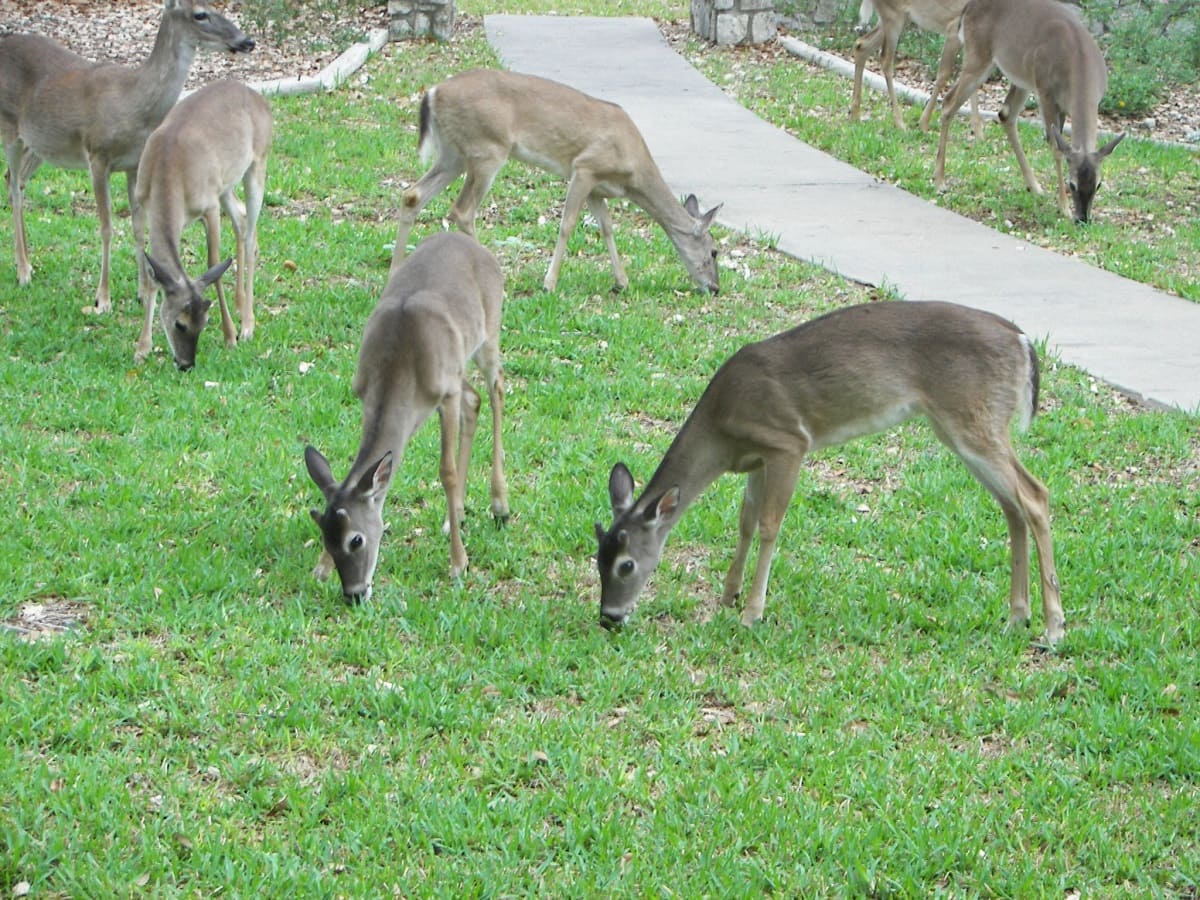

Landscaping Ideas
What Are Deer Eating In The Grass
Modified: April 1, 2024
Discover effective landscaping ideas to protect your garden from deer. Learn what deer are eating in the grass and how to prevent damage.
(Many of the links in this article redirect to a specific reviewed product. Your purchase of these products through affiliate links helps to generate commission for Storables.com, at no extra cost. Learn more)
Introduction
Deer are fascinating creatures that roam the woodlands and grassy plains, exhibiting a graceful and serene presence. Their diet plays a crucial role in shaping their behavior and survival in the wild. One of the primary components of a deer's diet is grass, which provides essential nutrients and sustenance. Understanding the significance of grass in a deer's diet sheds light on the intricate dynamics of the natural world.
Deer are known for their selective feeding habits, often exhibiting a preference for certain types of grass over others. This dietary preference is influenced by various factors, including the nutritional value of the grass, seasonal changes, and the availability of alternative food sources. By delving into the specifics of what deer eat in the grass, we can gain valuable insights into the intricate relationship between these majestic creatures and their natural habitat.
Exploring the nutritional value of grass and the types of grass consumed by deer offers a deeper understanding of the dietary patterns of these herbivores. Additionally, examining the impact of deer grazing on grass provides valuable perspectives on the ecological balance within their habitats. By unraveling the complexities of the deer-grass relationship, we can appreciate the delicate interplay of nature's elements and the vital role that grass plays in sustaining the diverse ecosystem that deer inhabit.
Join us on a journey into the heart of the deer's diet, where the lush greenery of the grass becomes a vital source of nourishment and sustenance for these elegant creatures. Delve into the world of deer grazing and discover the intricate tapestry of life that unfolds amidst the verdant meadows and wooded glades. Let's embark on a captivating exploration of what deer are eating in the grass, unraveling the mysteries of their dietary preferences and the profound significance of grass in their natural environment.
Key Takeaways:
- Deer rely on grass for essential nutrients like carbohydrates, proteins, and fiber, shaping their dietary habits throughout the year. Their selective grazing impacts the diversity and balance of grassland ecosystems.
- Deer show a preference for specific grass species like Kentucky bluegrass and orchard grass, influencing the abundance and distribution of grasses in their habitats. Their grazing behavior plays a crucial role in shaping the ecological dynamics of grasslands.
Read more: What Grass Do Deer Eat
Deer Diet
Deer are herbivorous creatures, meaning that their diet primarily consists of plant-based foods. While they consume a variety of vegetation, grass holds a prominent position in their dietary repertoire. The diet of deer is influenced by seasonal changes, habitat availability, and nutritional requirements, all of which contribute to their selective feeding habits.
Grass forms a substantial portion of a deer’s diet throughout the year, providing essential nutrients such as carbohydrates, proteins, and fiber. During the spring and summer months, when grasses are lush and abundant, deer heavily rely on these verdant blades for sustenance. As the seasons transition into fall and winter, the availability of grass diminishes, prompting deer to adapt their feeding patterns and seek alternative food sources such as woody browse, agricultural crops, and stored forage.
While grass constitutes a significant portion of a deer’s diet, it is important to note that deer are selective feeders, exhibiting preferences for certain types of grass over others. This selectivity is influenced by factors such as palatability, nutritional content, and the presence of other forage options in their environment. Understanding the nuances of a deer’s dietary preferences sheds light on the intricate interplay between these graceful herbivores and the plant life that sustains them.
By observing the dietary habits of deer, researchers and wildlife enthusiasts gain valuable insights into the ecological dynamics of their habitats. The dietary choices of deer reflect not only their nutritional needs but also the delicate balance of the ecosystem in which they thrive. As we delve deeper into the world of deer diet, we uncover the intricate relationship between these majestic creatures and the diverse array of plant life that sustains them.
Join us as we explore the captivating realm of the deer’s dietary habits, where the verdant tapestry of grass intertwines with the graceful presence of these herbivorous marvels. Delve into the world of deer diet and gain a deeper appreciation for the vital role that grass plays in nourishing these elegant creatures amidst the natural splendor of their habitats.
Nutritional Value of Grass
Grasses serve as a vital source of nutrition for deer, offering a diverse array of essential nutrients that contribute to their overall health and well-being. Understanding the nutritional value of grass provides valuable insights into the dietary requirements of deer and the role that grass plays in sustaining their vitality.
Grasses are rich in carbohydrates, which serve as a primary energy source for deer. Carbohydrates derived from grasses fuel the metabolic processes essential for deer to thrive in their natural environment. Additionally, grasses contain proteins, which are crucial for muscle development, immune function, and overall growth. These proteins contribute to the maintenance and repair of bodily tissues, supporting the robustness of deer as they navigate their habitats.
Fiber is another essential component of grass that contributes to the nutritional well-being of deer. High-fiber grasses aid in digestion and promote gastrointestinal health in deer, facilitating the efficient processing of food and the absorption of nutrients. The presence of fiber in grasses supports the digestive processes that are integral to the overall health and vitality of deer.
Furthermore, grasses provide a spectrum of vitamins and minerals that are essential for the physiological functions of deer. These nutrients include calcium, phosphorus, potassium, and various vitamins that contribute to bone strength, muscle function, and overall metabolic processes. The diverse nutritional profile of grasses underscores their significance as a foundational element of a deer’s diet.
As deer graze on the lush grasses of their habitats, they derive an array of vital nutrients that sustain their well-being and vitality. The nutritional richness of grasses plays a pivotal role in supporting the intricate physiological processes that enable deer to thrive in their natural environment.
Join us as we delve deeper into the nutritional tapestry of grass and uncover the essential elements that sustain the graceful presence of deer amidst the verdant landscapes they call home. Explore the nutritional value of grass and gain a deeper appreciation for the vital role that this foundational food source plays in nourishing the majestic herbivores that roam the woodlands and meadows.
Deer primarily eat grass, leaves, and twigs. They are herbivores, so their diet consists mainly of plant material. Keep this in mind when trying to attract or repel deer from your yard.
Types of Grass Consumed by Deer
Deer exhibit a remarkable degree of selectivity when it comes to consuming grass, demonstrating preferences for specific types of grass based on factors such as palatability, nutritional content, and seasonal availability. The diverse array of grasses consumed by deer reflects the intricate interplay between their dietary preferences and the ecological dynamics of their habitats.
One of the most commonly consumed grasses by deer is Kentucky bluegrass (Poa pratensis), which thrives in a variety of habitats, including meadows, woodlands, and open fields. This palatable grass provides essential nutrients and is favored by deer, especially during the spring and summer months when it is abundant and lush. Its tender blades offer a source of nourishment for deer as they graze amidst the verdant landscapes of their habitats.
Orchard grass (Dactylis glomerata) is another grass species that deer frequently consume. Known for its high nutritional value and palatable nature, orchard grass serves as a valuable food source for deer, particularly in areas where it proliferates. Its abundance and favorable taste make it an attractive option for deer seeking nourishment in their natural surroundings.
Fescue grasses, including tall fescue (Schedonorus arundinaceus) and meadow fescue (Festuca pratensis), are also part of the deer’s dietary repertoire. These grasses provide a source of sustenance for deer, contributing to their nutritional intake and dietary diversity. While the palatability of fescue grasses may vary, they form a part of the mosaic of grass species that deer selectively consume based on availability and nutritional content.
Additionally, ryegrass (Lolium perenne) and timothy grass (Phleum pratense) are among the grasses that deer may consume, depending on their habitat and seasonal forage availability. These grasses offer a source of essential nutrients and contribute to the dietary spectrum of deer as they navigate their environments in search of nourishment.
Understanding the diverse array of grasses consumed by deer provides valuable insights into their dietary habits and the ecological dynamics of their habitats. The selective feeding patterns of deer underscore the intricate relationship between these herbivores and the rich tapestry of grasses that sustain them amidst the natural splendor of their surroundings.
Join us as we explore the captivating world of the grasses that nourish deer, unraveling the intricate dietary preferences of these elegant herbivores and the profound significance of the diverse grass species that form an integral part of their natural diet.
Impact of Deer Grazing on Grass
The grazing behavior of deer exerts a notable influence on the grasses that form a significant part of their diet. Understanding the impact of deer grazing on grass provides valuable insights into the ecological dynamics of their habitats and the intricate interplay between herbivores and the plant life that sustains them.
Deer grazing plays a role in shaping the composition and structure of grasslands. Through their selective feeding habits, deer can influence the abundance and distribution of various grass species in their habitats. This selective grazing can lead to shifts in the dominance of certain grasses, impacting the overall biodiversity and ecological balance of the grassland ecosystem.
While deer grazing can contribute to the maintenance of grassland diversity by preventing the dominance of a single grass species, it can also exert pressure on certain grass populations. Intensive grazing in specific areas can lead to the depletion of favored grass species, potentially impacting the availability of forage for both deer and other herbivores that rely on these grasses for sustenance.
Furthermore, deer grazing can influence the regenerative capacity of grasses. Intensive grazing pressure on certain grass species may hinder their ability to recover and propagate, affecting the long-term sustainability of these vital food sources for deer and other herbivores. Understanding the delicate balance between deer grazing and the regenerative capacity of grasses is essential for preserving the ecological integrity of their habitats.
Deer grazing also plays a role in nutrient cycling within grassland ecosystems. As deer consume grasses, they contribute to the transfer of nutrients through their digestive processes and subsequent excretion. This nutrient cycling can impact the fertility and productivity of grasslands, influencing the growth and vitality of grass species that form the foundation of the ecosystem.
By examining the impact of deer grazing on grass, researchers and conservationists gain valuable insights into the intricate relationship between herbivores and the plant communities that sustain them. Understanding the ecological implications of deer grazing on grasses is essential for implementing sustainable management practices that support the health and diversity of grassland ecosystems.
Join us as we delve into the complex interplay between deer grazing and the grasslands they inhabit, unraveling the profound impact of their feeding behavior on the ecological tapestry of their natural environments. Explore the intricate dynamics of deer grazing and gain a deeper appreciation for the delicate balance that sustains the graceful presence of these herbivorous marvels amidst the verdant landscapes they call home.
Read more: Why Do Deer Eat Grass
Conclusion
Exploring the intricate relationship between deer and the grasses they consume unveils a captivating tapestry of ecological dynamics and natural interdependencies. The dietary preferences of deer, particularly their selective grazing habits, reflect the delicate balance that shapes the vitality and diversity of grassland ecosystems.
Grasses, with their rich nutritional value, serve as a foundational element of a deer’s diet, providing essential nutrients that sustain their well-being and vitality. The diverse array of grass species consumed by deer underscores the complexity of their dietary preferences and the ecological nuances that influence their feeding behavior.
Furthermore, the impact of deer grazing on grasses extends beyond mere consumption, shaping the composition, structure, and regenerative capacity of grassland ecosystems. By influencing the abundance and distribution of grass species, deer grazing plays a pivotal role in shaping the biodiversity and ecological balance of their habitats.
Understanding the profound impact of deer grazing on grasses is essential for implementing sustainable management practices that support the health and diversity of grassland ecosystems. By preserving the delicate balance between herbivores and the plant communities that sustain them, conservation efforts can ensure the long-term viability of these vital habitats.
As we unravel the complexities of the deer-grass relationship, we gain a deeper appreciation for the intricate interplay of nature’s elements and the vital role that grass plays in sustaining the diverse ecosystem that deer inhabit. The verdant meadows and wooded glades, where the lush greenery of the grass becomes a vital source of nourishment and sustenance for these elegant creatures, offer a glimpse into the profound interconnectedness of the natural world.
Join us in celebrating the captivating world of deer grazing and the essential role that grasses play in nourishing these majestic herbivores amidst the natural splendor of their habitats. Embark on a journey into the heart of the deer’s diet, where the graceful presence of deer intertwines with the rich tapestry of grasses, weaving a narrative of ecological harmony and natural abundance.
As we continue to explore and appreciate the intricate dynamics of the deer-grass relationship, we embrace a deeper understanding of the profound significance of these herbivorous marvels amidst the verdant landscapes they call home.
Frequently Asked Questions about What Are Deer Eating In The Grass
Was this page helpful?
At Storables.com, we guarantee accurate and reliable information. Our content, validated by Expert Board Contributors, is crafted following stringent Editorial Policies. We're committed to providing you with well-researched, expert-backed insights for all your informational needs.
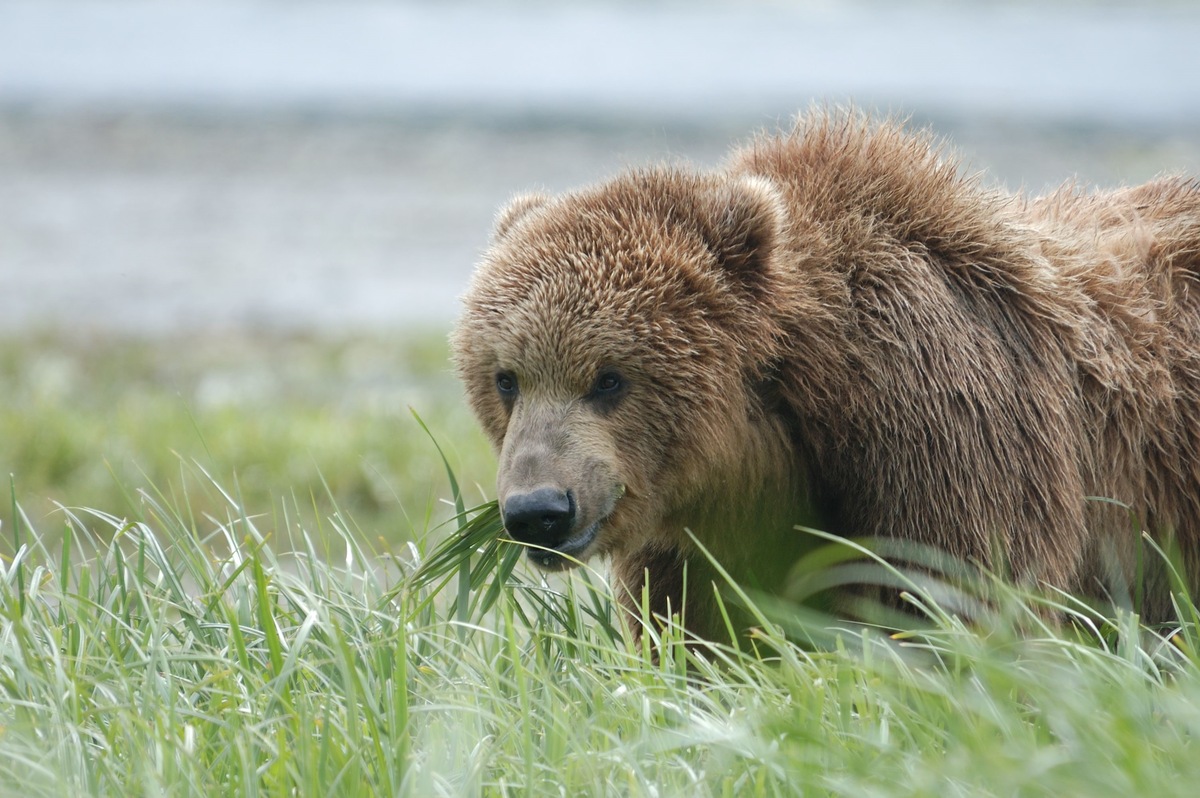
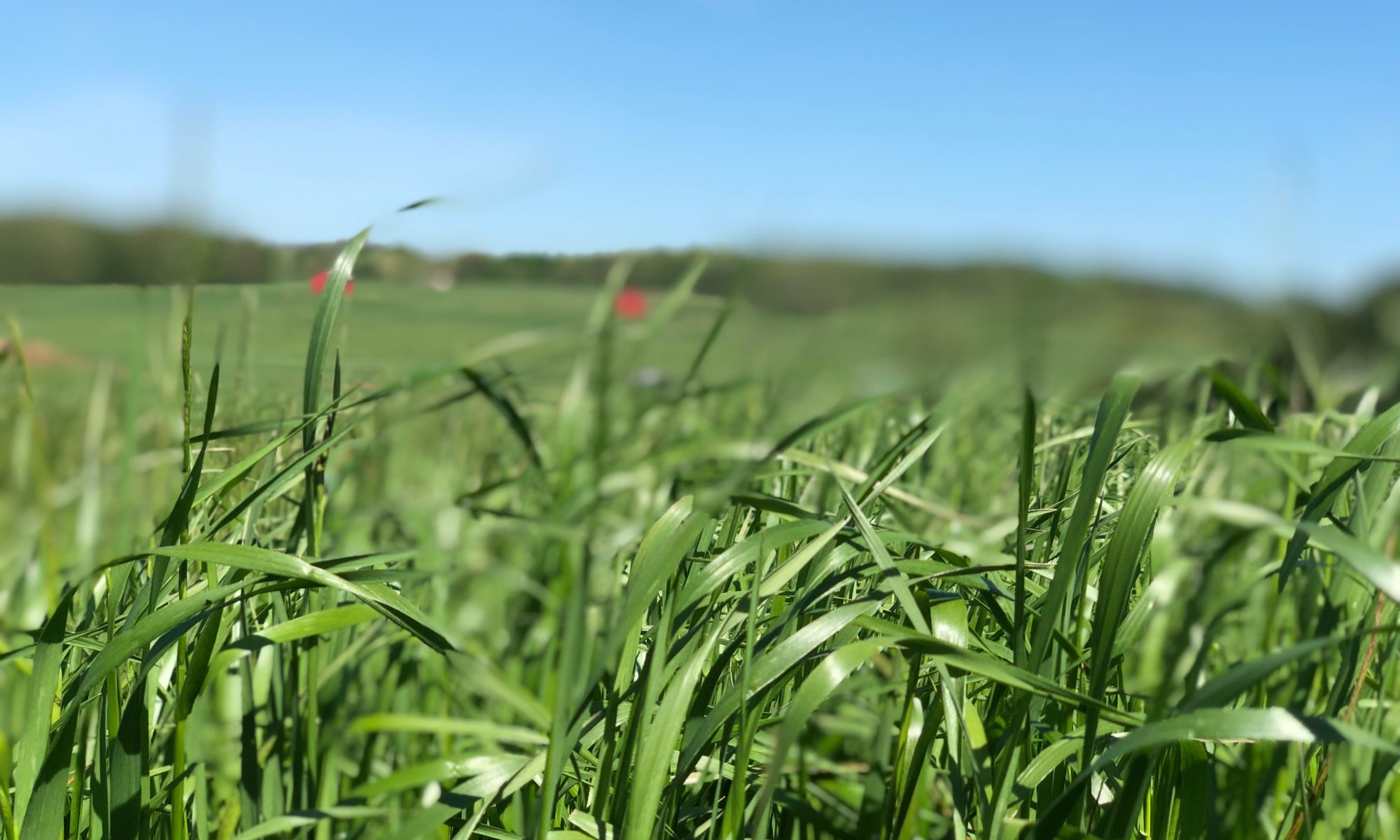
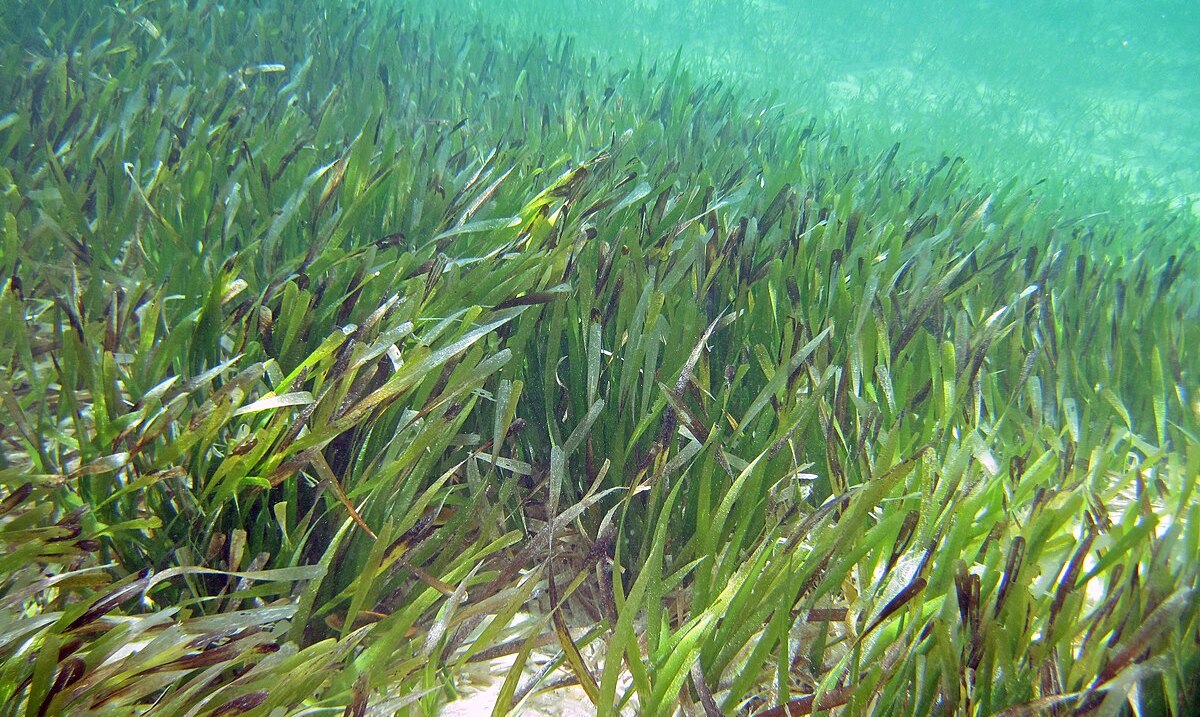
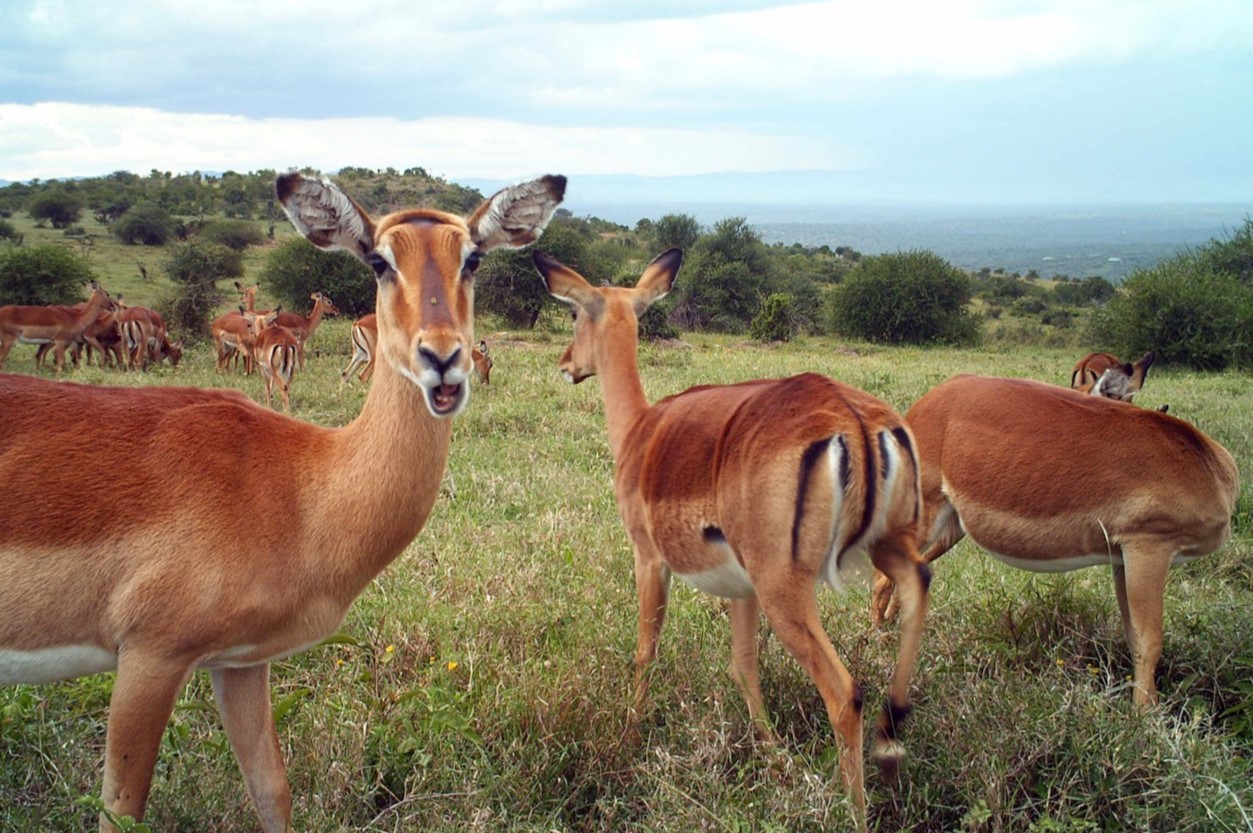
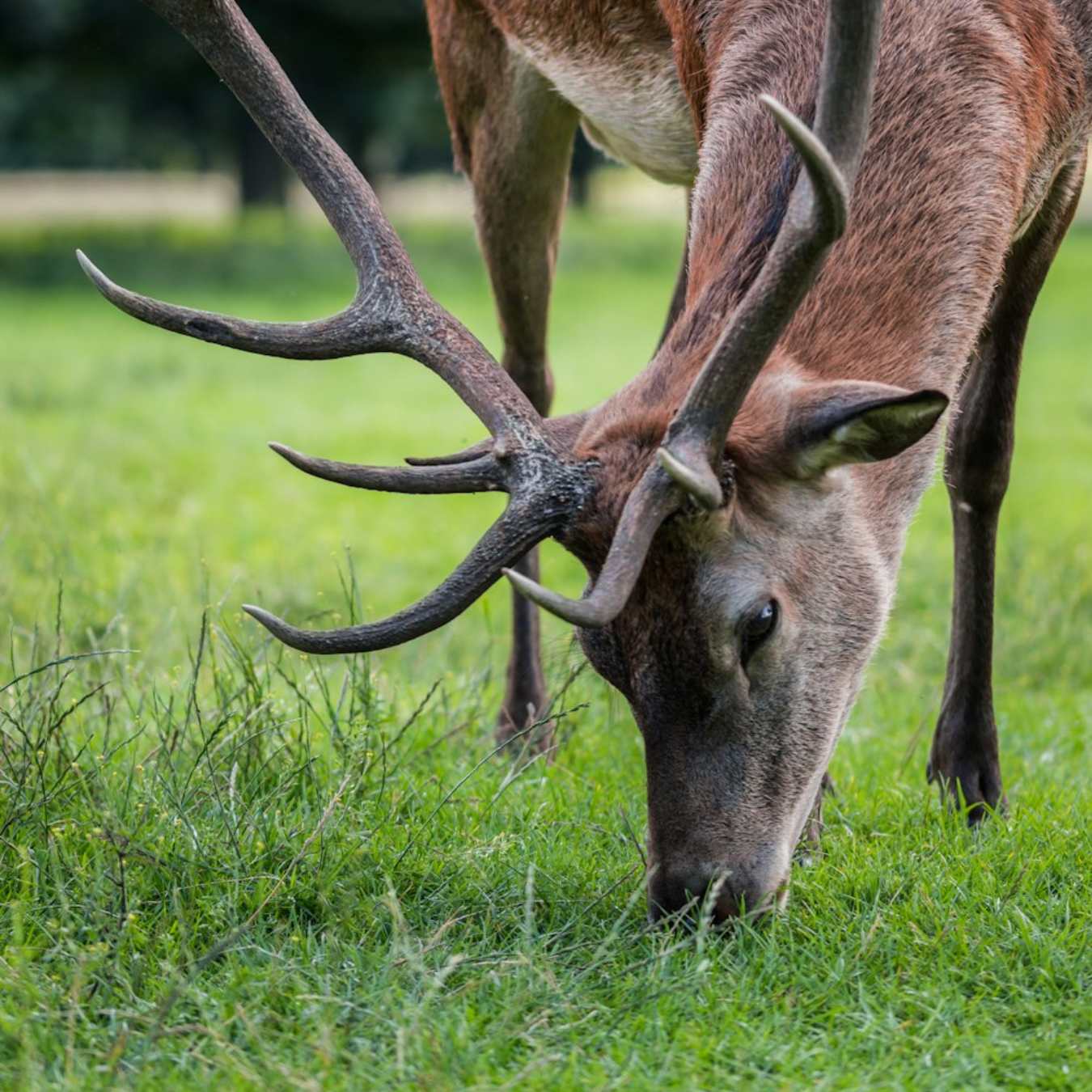
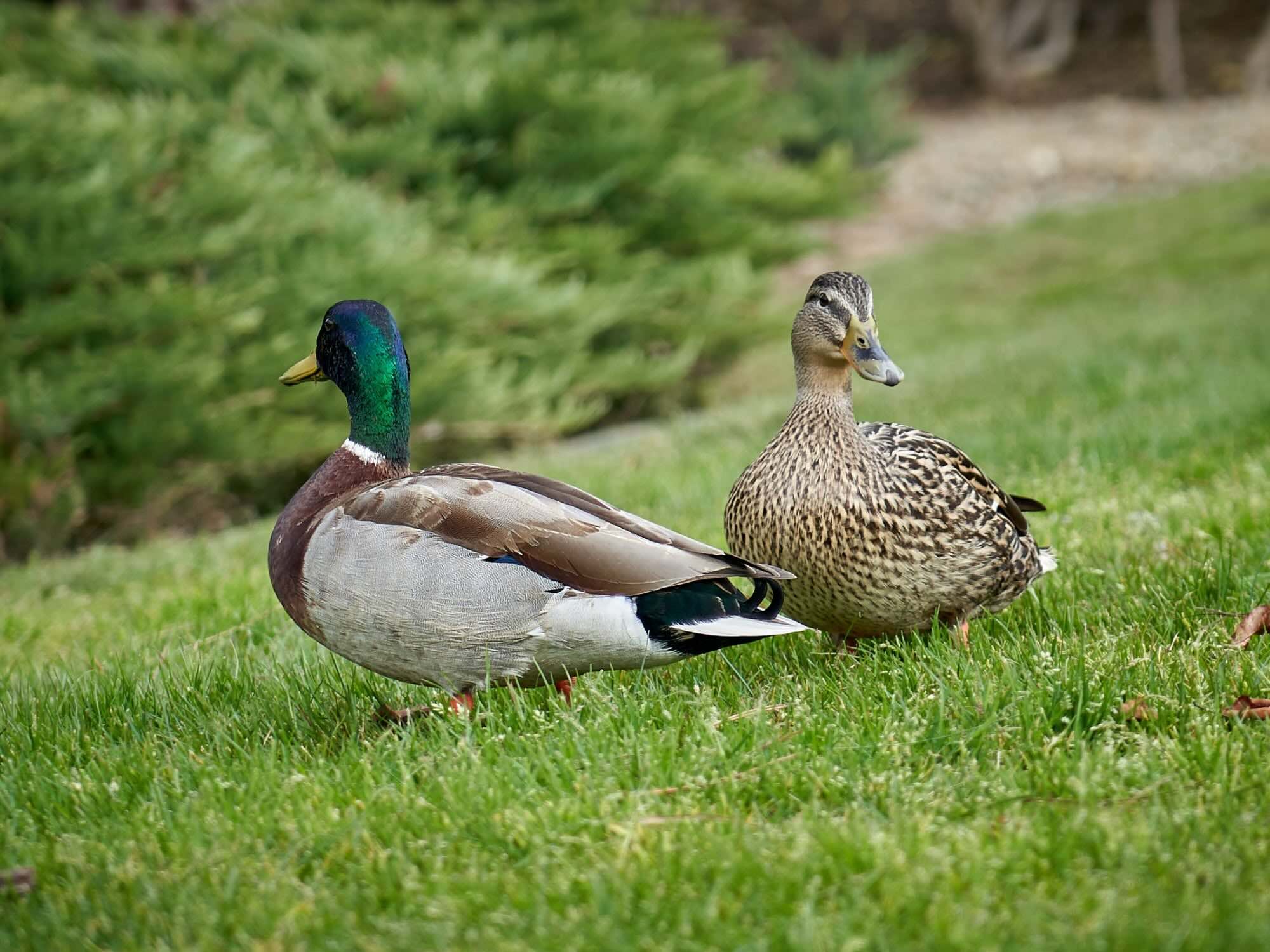
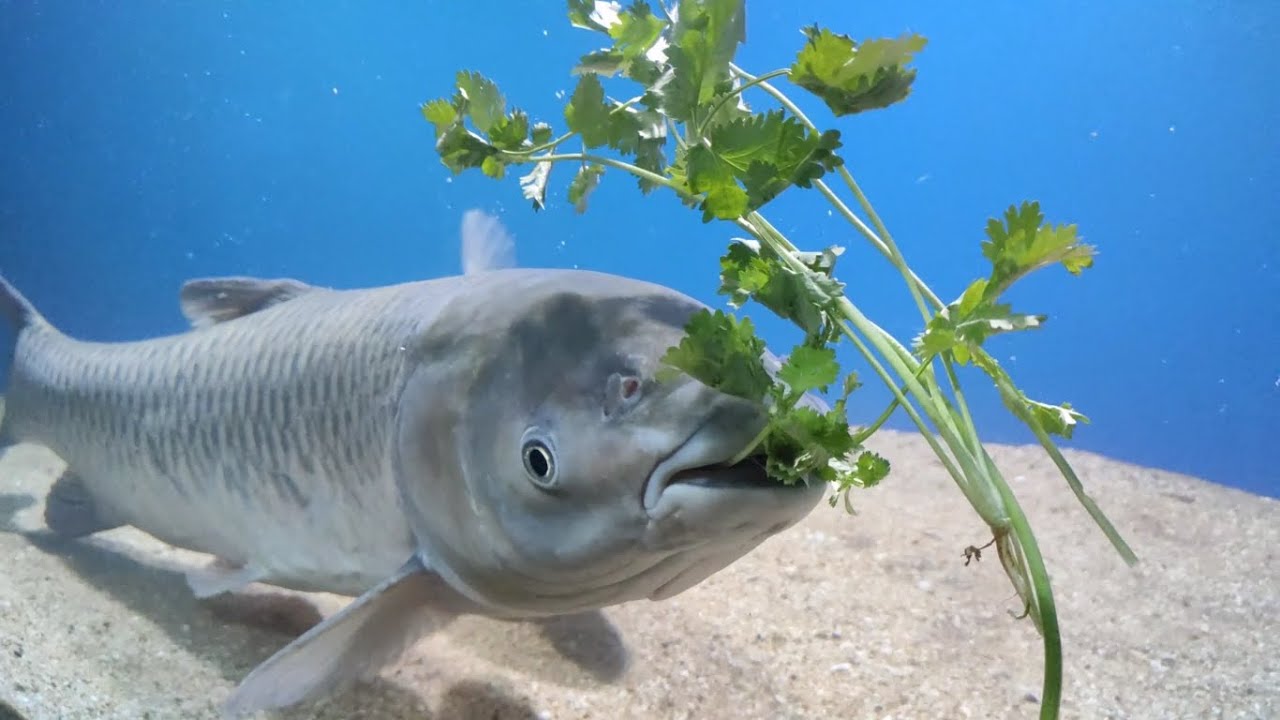
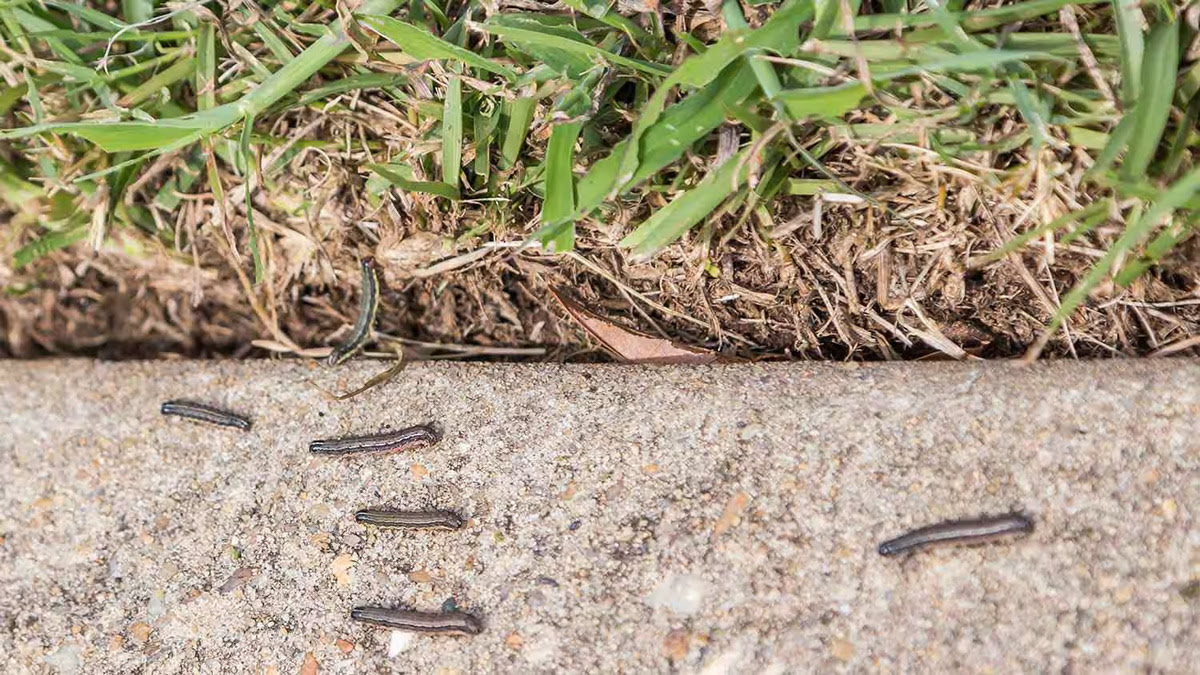
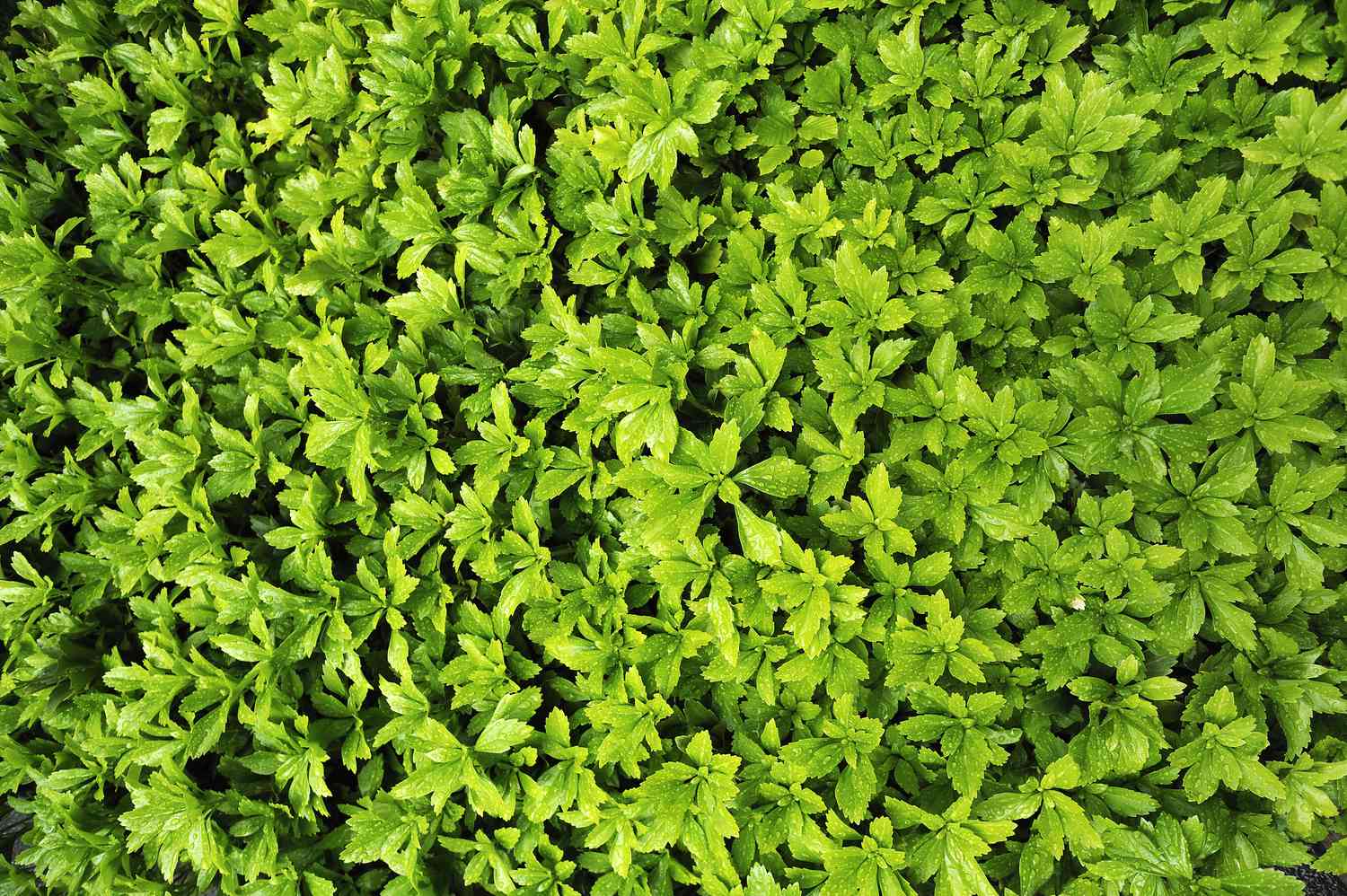
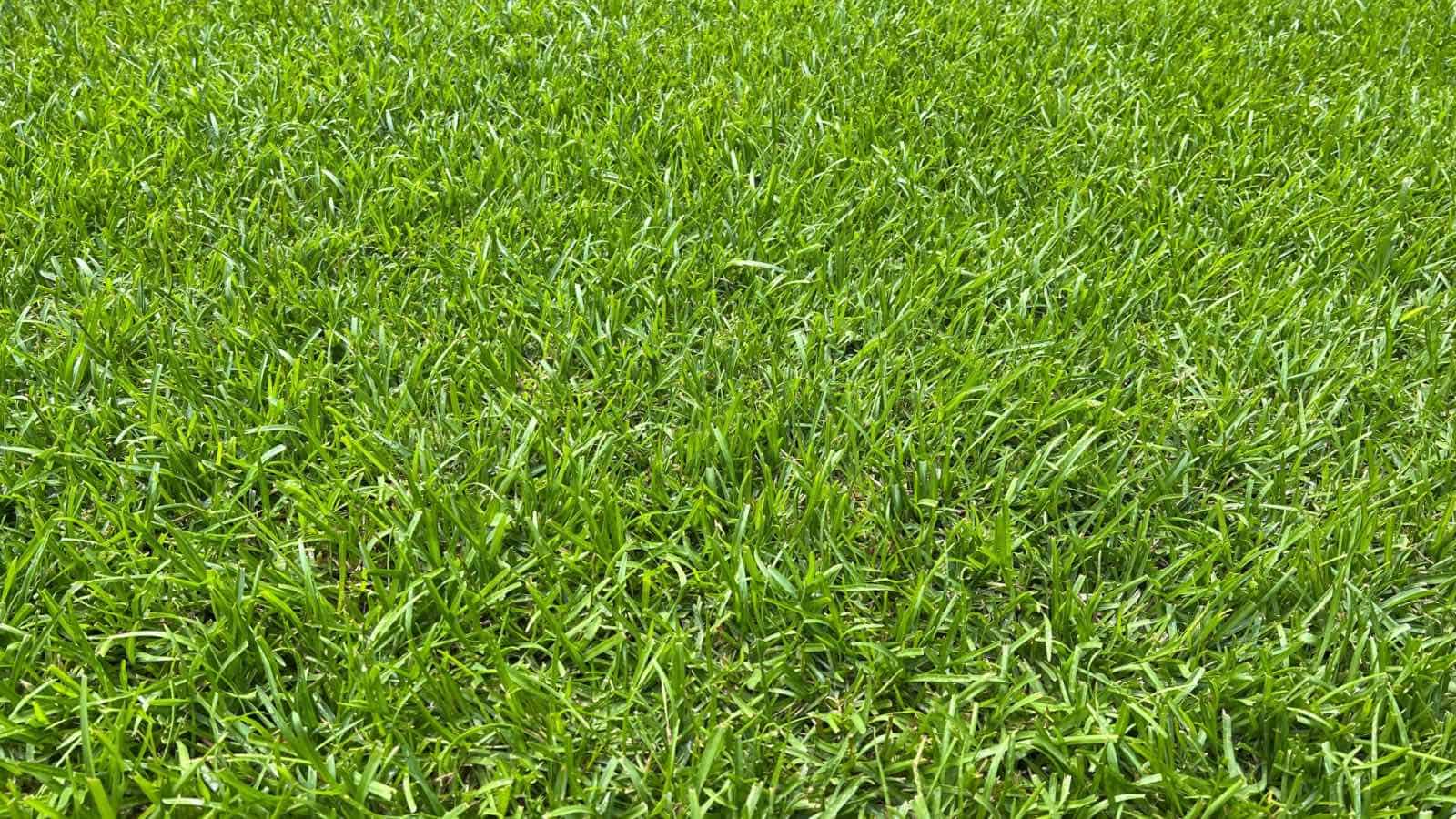
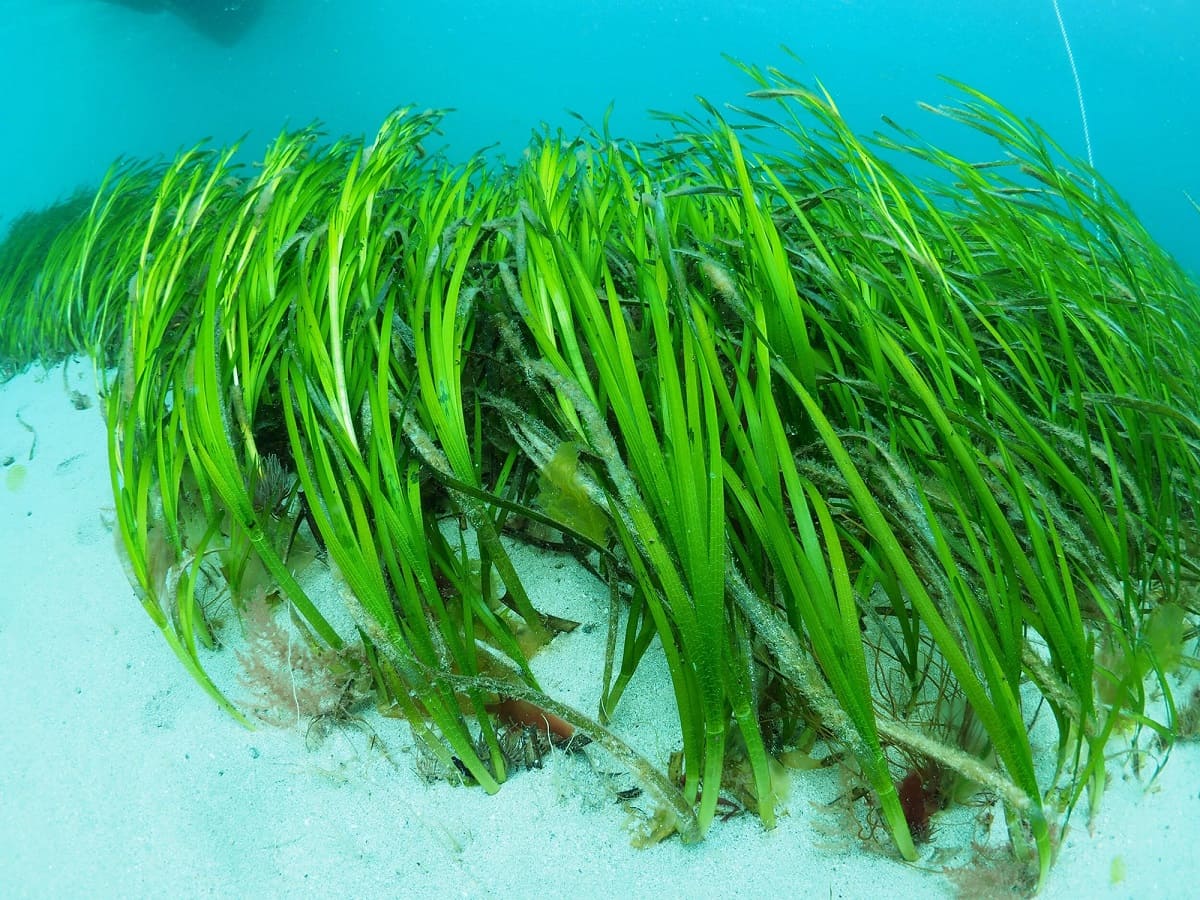
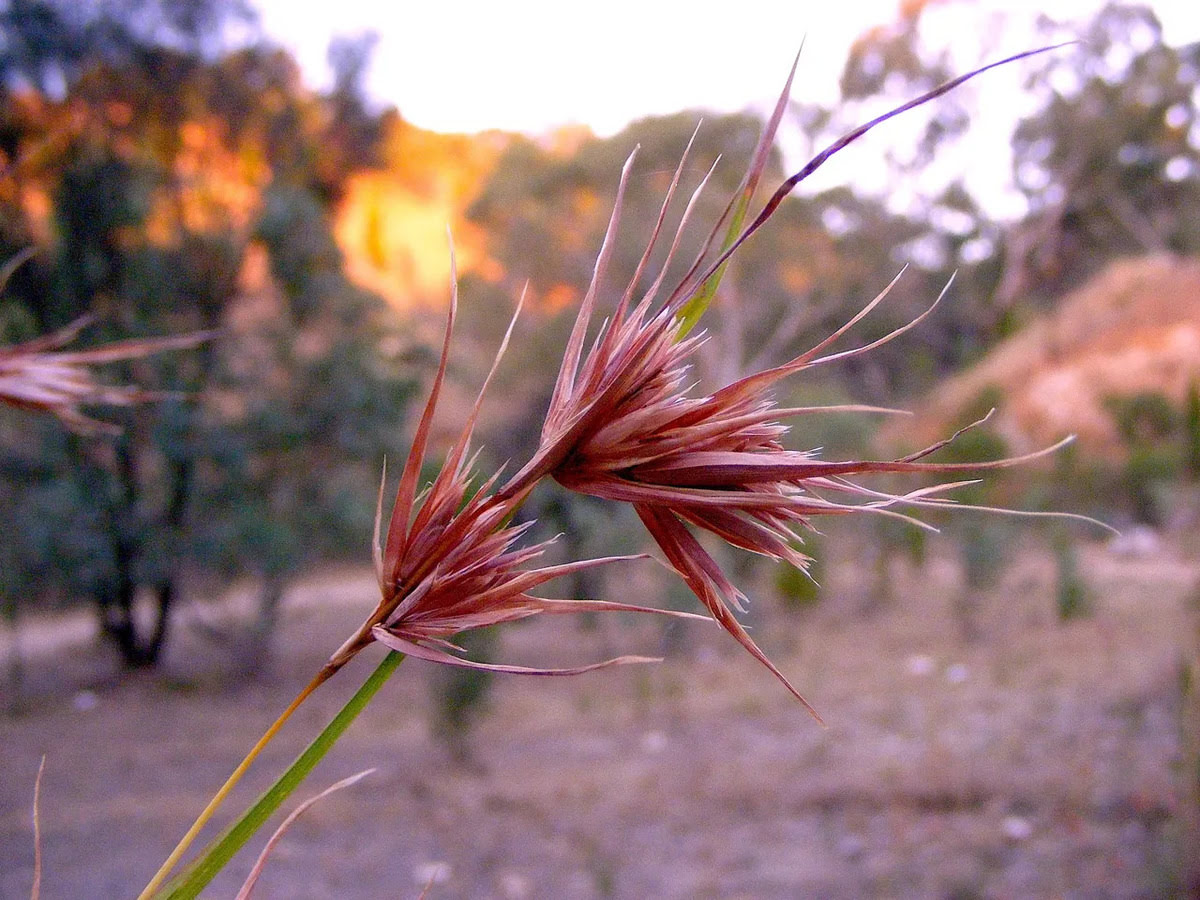
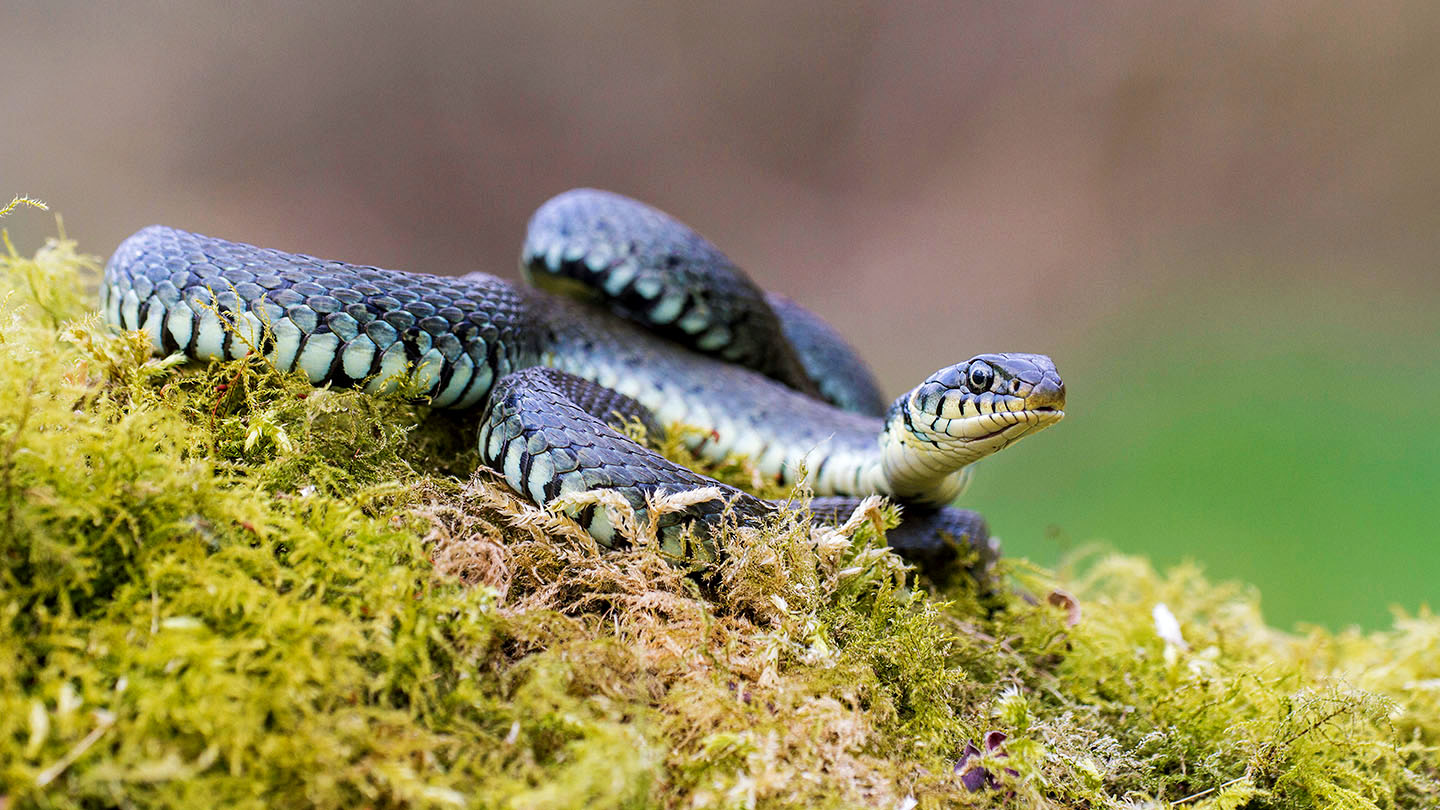
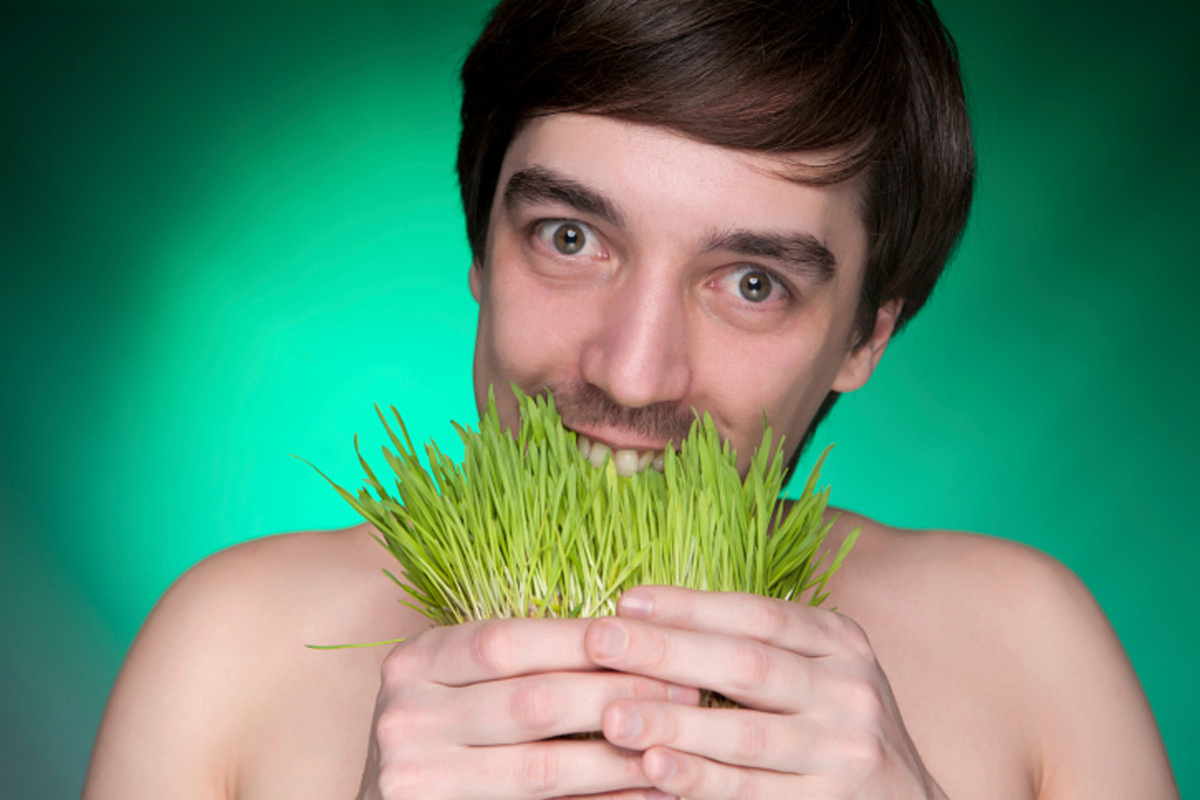

0 thoughts on “What Are Deer Eating In The Grass”